Eunji Park
Unsupervised Driver Behavior Profiling leveraging Recurrent Neural Networks
Aug 11, 2021
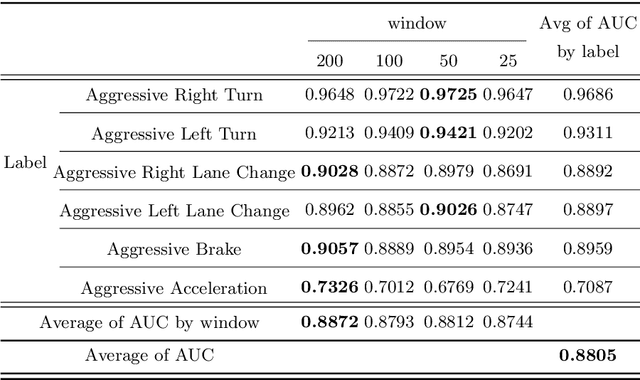
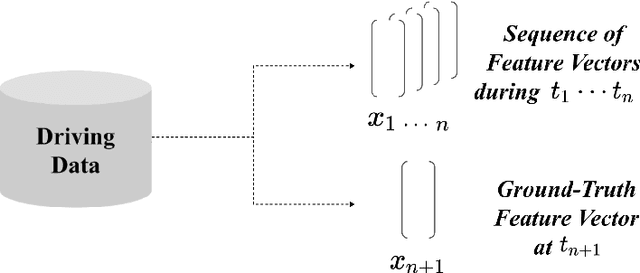
Abstract:In the era of intelligent transportation, driver behavior profiling has become a beneficial technology as it provides knowledge regarding the driver's aggressiveness. Previous approaches achieved promising driver behavior profiling performance through establishing statistical heuristics rules or supervised learning-based models. Still, there exist limits that the practitioner should prepare a labeled dataset, and prior approaches could not classify aggressive behaviors which are not known a priori. In pursuit of improving the aforementioned drawbacks, we propose a novel approach to driver behavior profiling leveraging an unsupervised learning paradigm. First, we cast the driver behavior profiling problem as anomaly detection. Second, we established recurrent neural networks that predict the next feature vector given a sequence of feature vectors. We trained the model with normal driver data only. As a result, our model yields high regression error given a sequence of aggressive driver behavior and low error given at a sequence of normal driver behavior. We figured this difference of error between normal and aggressive driver behavior can be an adequate flag for driver behavior profiling and accomplished a precise performance in experiments. Lastly, we further analyzed the optimal level of sequence length for identifying each aggressive driver behavior. We expect the proposed approach to be a useful baseline for unsupervised driver behavior profiling and contribute to the efficient, intelligent transportation ecosystem.
Understand Watchdogs: Discover How Game Bot Get Discovered
Nov 26, 2020
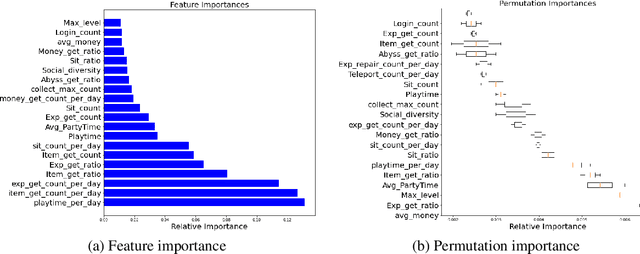

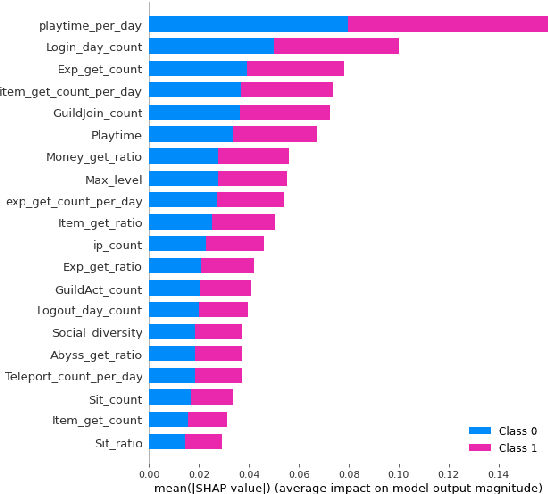
Abstract:The game industry has long been troubled by malicious activities utilizing game bots. The game bots disturb other game players and destroy the environmental system of the games. For these reasons, the game industry put their best efforts to detect the game bots among players' characters using the learning-based detections. However, one problem with the detection methodologies is that they do not provide rational explanations about their decisions. To resolve this problem, in this work, we investigate the explainabilities of the game bot detection. We develop the XAI model using a dataset from the Korean MMORPG, AION, which includes game logs of human players and game bots. More than one classification model has been applied to the dataset to be analyzed by applying interpretable models. This provides us explanations about the game bots' behavior, and the truthfulness of the explanations has been evaluated. Besides, interpretability contributes to minimizing false detection, which imposes unfair restrictions on human players.
Unsupervised Intrusion Detection System for Unmanned Aerial Vehicle with Less Labeling Effort
Nov 01, 2020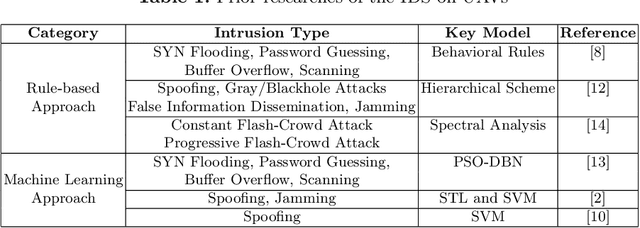
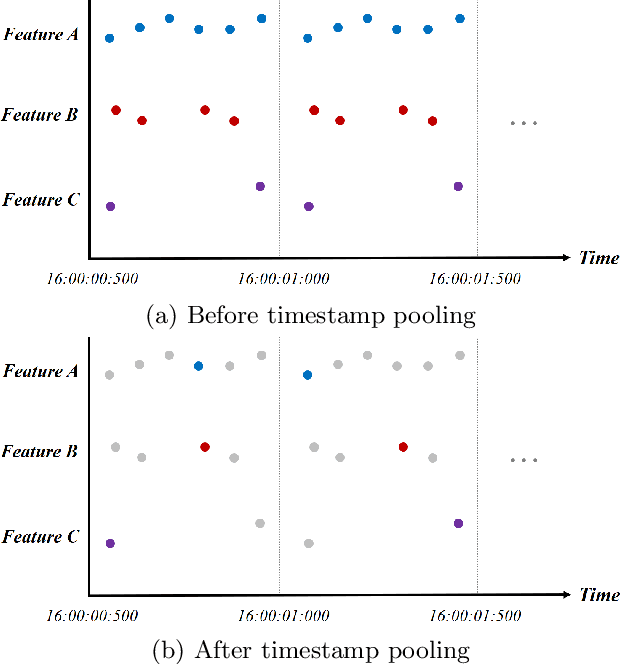


Abstract:Along with the importance of safety, an IDS has become a significant task in the real world. Prior studies proposed various intrusion detection models for the UAV. Past rule-based approaches provided a concrete baseline IDS model, and the machine learning-based method achieved a precise intrusion detection performance on the UAV with supervised learning models. However, previous methods have room for improvement to be implemented in the real world. Prior methods required a large labeling effort on the dataset, and the model could not identify attacks that were not trained before. To jump over these hurdles, we propose an IDS with unsupervised learning. As unsupervised learning does not require labeling, our model let the practitioner not to label every type of attack from the flight data. Moreover, the model can identify an abnormal status of the UAV regardless of the type of attack. We trained an autoencoder with the benign flight data only and checked the model provides a different reconstruction loss at the benign flight and the flight under attack. We discovered that the model produces much higher reconstruction loss with the flight under attack than the benign flight; thus, this reconstruction loss can be utilized to recognize an intrusion to the UAV. With consideration of the computation overhead and the detection performance in the wild, we expect our model can be a concrete and practical baseline IDS on the UAV.
 Add to Chrome
Add to Chrome Add to Firefox
Add to Firefox Add to Edge
Add to Edge